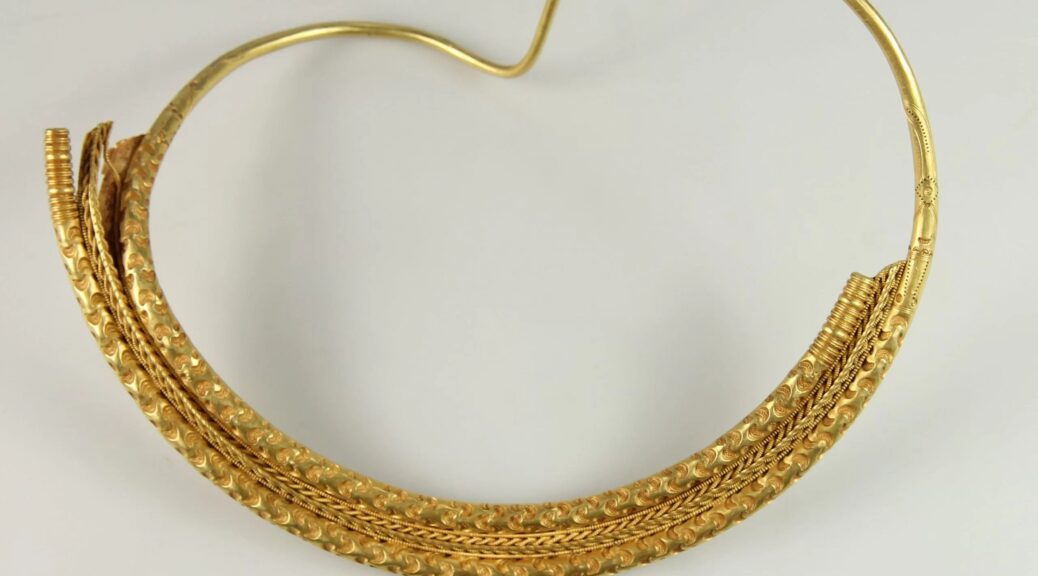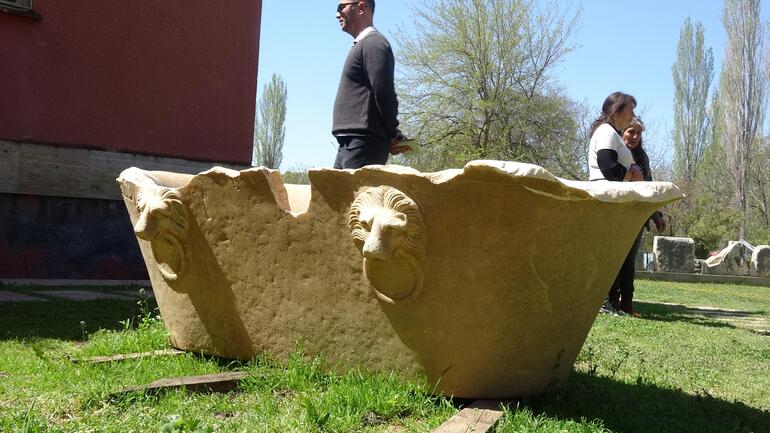Clues to Pacific Migration Paths Discovered in Papua New Guinea
Scientists think they may have found the smoking gun that explains why humans colonised the thousands of scattered islands of the South Pacific – and it lies in a sherd of pottery found hidden on a small island in Papua New Guinea.

The peopling of the Pacific islands is one of humanity’s most epic migration stories. In just three millennia, an ancestral cultural group called the Lapita spanned a third of the Earth’s surface, reaching some of the most isolated landmasses on the planet.
As they moved, these ancestral Pacific Islanders are thought to have brought with them Austronesian languages, new domestic animals species like pigs, dogs and chickens, and a distinctive kind of pottery.
“For a long time it was thought Lapita groups avoided most of Papua New Guinea because people were already living there,” says Ben Shaw, lead researcher of the new study published today in Nature Ecology and Evolution. But, as this new research shows, that wasn’t always the case.
Brooker Island is a small finger of land that juts out into the sea near the southern tip of Papua New Guinea, an early step in the chain of islands that makes up the South Pacific.
The Gutunka archaeological site nestles in a north-facing bay at the edge of an epic lagoon on the island that is, according to researchers, one of the most biodiverse marine ecosystems in the world.
Painstakingly excavated in 2018 and 2019, the earliest layers of the site contained the bones of a menagerie of introduced species, including pigs and dogs, and rats. As described in a new study in Nature Ecology and Evolution, later layers revealed a rich complex of pottery and tools unique to the Lapita culture, including foreign-source obsidian, blades consistent with tattooing, and the distinctive pots.
The researchers believe the Lapita people may have initially arrived as sporadic, occasional visitors, before establishing a more permanent base in the bay, as evidenced by a more complex material culture and the more intensive harvesting of sea turtles for food.
“Lapita cultural groups were the first people to reach the remote Pacific islands such as Vanuatu around 3,000 years ago,” says Shaw. “But in Papua New Guinea, where people have lived for at least 50,000 years, the timing and extent of Lapita dispersals are poorly understood.”
Shaw says the new discovery explains why the Lapita people colonised the Pacific islands 3,000 years ago: he suggests that contact with Indigenous people on PNG may have influenced migration pathways and led to island-hopping, as populations met, interacted and possibly butted heads.
“It is one of the greatest migrations in human history and finally we have evidence to help explain why the migration might have occurred and why it took place when it did,” he says.
The discovery, Shaw says, was a massive stroke of luck.
“We had no indication this would be a site of significance, and a lot of the time we were flying blind with the areas we surveyed, so it is very much like finding the proverbial needle in a haystack.”
But Shaw notes cooperation with local populations was key to the discovery, which is why the Brooker Island community is listed as a senior author on the paper.
“A lot of our good fortune was because of the cultural knowledge, and we built a strong relationship with the locals based on honesty and transparency about our research on their traditional lands,” he says. “Without their express permission, this kind of work would simply not be possible.”






















